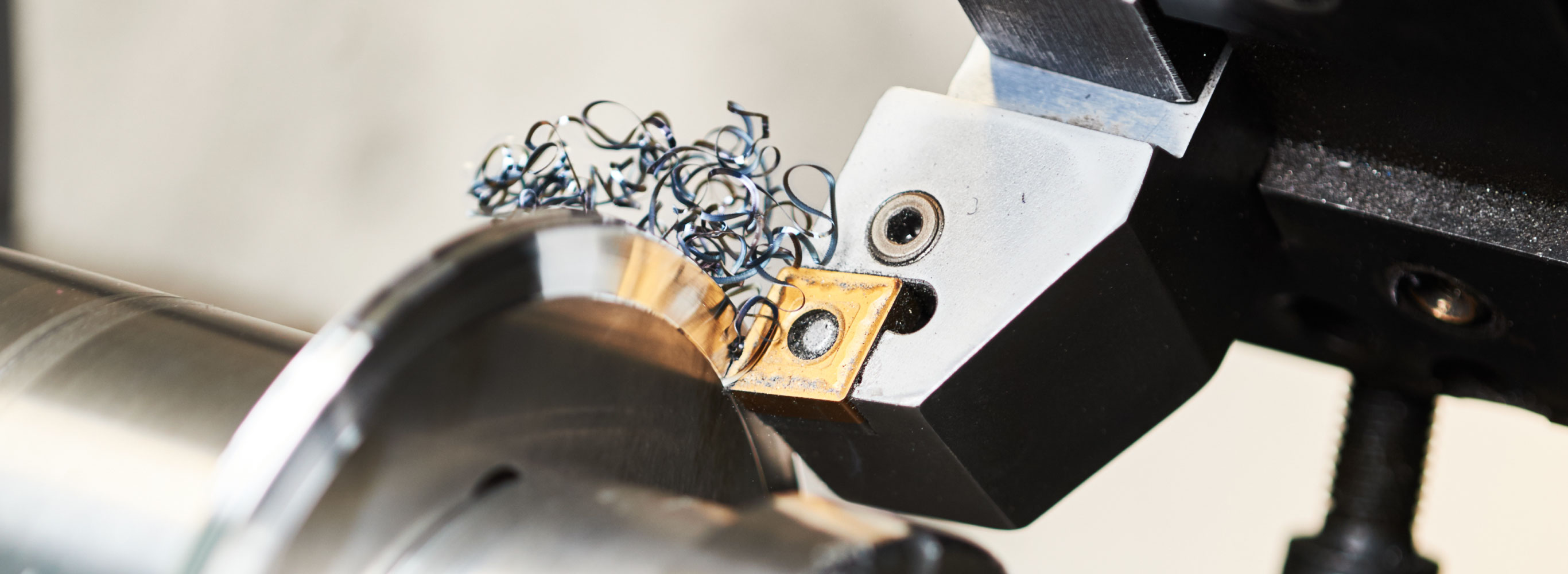Lead
Lead acid batteries have found its use as a source of power for engine startup, power steering, and navigation systems, as well as back up storage for satellite communications and cell phone towers. At the end of their utility, spent lead acid batteries find their way as raw materials for our recycling process. As a soft metal that can readily be melted, lead found use in civilizations more than three thousand years ago for example in Egypt, as weights and accessories, and in Roman times, as aqueducts. #1
In Japan, lead was documented as far back as 733, and was used in bullets, glass, white facial powder, and roof tiles. Lead produced by ONS was used in the roof tiles during the most recent restoration of the Kanazawa Castle.

Lead is highly suited for recycling.※2
Nearly 100% of spent lead-acid batteries are recovered to be recycled, and is a stellar example of urban mining.
Unlike plastic or other materials, lead can be recycled indefinitely without changing its property.
We take great care to make sure that our recycling process does not pose a burden to the environment, and importantly, to the health of those who work with the metal.

※1:参照資料「2050 年までに世界的な資源制約の壁」独立行政法人 物質・材料研究機構2007年 2月 15日 鉛ハンドブック改訂版、日本鉛亜鉛需要研究会 1992年版
※2:「鉛はリサイクルの優等生です。」は全国鉛管鉛板工業協同組合のキャッチフレーズです。

Sintered Hard Metal
Sintered Hard Metal, as its name suggests, is a metal that is nearly as hard as diamond.
The main ingredients consist of raremetals tungsten (W) and Cobalt (Co).
The metal can be found in heavy equipment used to dig tunnels, in dies used in making machine parts, and as blades of lathes, for example. ※3
Because of their unique hardness, used sintered hard metal tools require special expertise to recycle.
※3:切削工具(金属などを切り削る工具)、ドリル(金属などに穴をあける工具)、耐摩耗工具(自動車部品などの金型)、鉱山工具(トンネルの穴を掘る工具)など


